
While considered something of a byproduct of our society, eating disorders are often mistakenly believed to be a lifestyle choice, thus garnering a negative stigma.
In reality; however, an eating disorder is a serious and sometimes fatal disorder that can trigger a litany if additional issues if left untreated. An eating disorder is a psychological condition, characterized by abnormal or irregular eating habits that significantly affect an individual’s health both physically and mentally.
While eating disorders can affect people of all ethnicities and ages, they typically manifest during adolescence, and have a higher probability of affecting females as opposed to males. Although the root cause of eating disorders varies from one case to the next, they typically stem from an interaction of social, biological, psychological, and even genetic factors, often causing the individual to have a distorted sense of body image.
According to the Nation Association of Anorexia Nervosa and Associated Disorders, (ANAD) approximately 30 million people in the U.S. alone suffer from a type of eating disorder, and as of 2018, eating disorders have the highest mortality rate of any known mental illness, thus solidifying its status as a national health concern.
Common Eating Disorder Types
As mentioned previously, unusual and often extreme eating habits are generally the hallmark of an eating disorder. However, this can mean a couple of different things, as there are several different types of eating disorders, each of which possessing their own unique characteristics.
Anorexia Nervosa:
Anorexia Nervosa or simply “Anorexia” as its commonly referred to, is the eating disorder characterized by extremely restricted or infrequent eating.
Individuals suffering from this disorder are frequently (or sometimes dangerously) underweight, while diametrically believing themselves to be overweight. This distortion may prompt the sufferer to take unhealthy measures to lose weight such as forcing themselves to vomit after eating or use of laxatives. Anorexia has the highest mortality rate of the listed eating disorders, and arguably presents the most health hazards as well.
Binge-Eating Disorder:
In contrast to Anorexia, Binge-Eating Disorder (or BED) is the perceived inability to control one’s eating habits, resulting in recurring episodes of overeating on a daily or weekly basis.
Sufferers of BED may struggle with obesity and are also at an increased risk of developing related complications such as heart disease or diabetes.
Bulimia Nervosa:
Combining behaviors of the previously mentioned disorders, Bulimia Nervosa is the disorder marked with frequent episodes of overeating followed by bouts of purging, (through vomiting or laxative use) fasting, or excess exercise.
While those suffering from Bulimia may not be noticeably underweight or overweight, they are likely to struggle with ongoing weight-related issues and may have difficulty maintaining a healthy bodyweight.
Other Specified Feeding or Eating Disorders:
While most eating disorder cases follow a certain criterion or set of characteristics, it should be noted that there are unique cases that do not meet the criteria above or have atypical specifics. Consulting a specialist for a proper diagnosis is particular important in this scenario.
Eating Disorders and Oral Health: Oral Health Complications
As covered in previous blog entries, oral health is one of the most significant and perhaps most often overlooked aspects of one’s general health with recent studies citing oral-related complications as a strong indicator in assessing deeper underlining health issues, and proper oral hygiene as a key factor in the prevention of such issues.
Obviously dietary habits play a major role in dental health, so it should come as little surprise that eating disorders can lead to the systematic destruction of the various inner oral components, typically starting with the gums and throat.
Destruction of Oral Health
Through frequent bouts of vomiting/purging, (as seen in Anorexia and Bulimia) the highly corrosive stomach acid will cause the soft tissue both areas to become irritated and inflamed, causing the throat to become chronically sore, the gums to be agonizingly tender and prone to bleeding, and the salivary glands within the neck and jaw to swell and struggle to produce adequate saliva.
If the frequent binge-purge (or just purge) cycle continues, the tooth’s enamel will slowly break down and be lost, thereby causing the teeth to become increasingly susceptible to incurring damage or eventually succumbing to the effects of tooth decay.
Related Article: Tooth Decay: A Sickly, Sweet Dilemma
Lack of Nutrients
In addition to the adverse effects of purging, by significantly restricting one’s diet or food intake, an individual may then rob themselves of essential nutrients such as calcium, iron, and B vitamins. This nutritional deficiency puts a further strain on the sufferer’s oral health, as without the nutrients need to strengthen teeth and fight off infections, the probability of developing progressive conditions such as tooth decay and gum disease increases exponentially.
Heath Issues
While Binge-Eating Disorder may not have as an immediate impact as Anorexia or Bulimia, BED does pose a serious threat to oral health in different way. As surely, we’ve all heard by now that too much sugar is bad for teeth, being unable to control one’s dietary urges obviously presents a major problem. However, what compounds this problem are the previously mentioned complications (Heart Disease and Diabetes) that follow. Diabetes and heart disease are both serious health issues in themselves, and both can utterly devastate the individual’s oral and (by virtue of) overall health, if left untreated.
Related Articles:
Sugar Hurts Teeth: Do You Sip & Snack All Day?
Dental Health Awareness: Gum Disease and Heart Disease
Diabetes and Oral Health: The Link to Gum Disease
Treatment: Oral and Otherwise
First and foremost, if you or some you love is suffering from an eating disorder you should absolutely seek the consultation and guidance of a licensed psychologist or someone within the psychiatric field. Assessing an eating disorder is a delicate process and should also be handled with care and a sense of concern for the well-being of the individual.
While certainly each scenario is different, issues such as eating disorders are usually require something of a group effort. This means not only seeking out the guidance and expertise of professionals, (doctors, dentists, psychologists) but also the care and support of loved ones, thus assuring the individual that they are not alone in this endeavor, and surrounding them with something of a “safety net” to help them through those difficult moments.
As par for the course, there will likely be some speed bumps and setbacks, as the risk of relapsing and falling back into old habits is a common issue for many sufferers; however, it’s crucial to remain optimistic and not give up!
As mentioned previously, because a sufferer’s oral health is constantly compromised by numerous hazards, it is extremely important to maintain a strict and proper dental hygiene routine, if you are suffering from an eating disorder to prevent any oral issues from harming your overall health. Additionally, frequent dental appointments are also extremely important so your dentist can monitor your oral health and take note of any changes or concerns.
Resource: National Eating Disorders Association
Related Article: Dental Appointment: Why Twice a Year?
You’re Not Alone!
There’s no question that an eating disorder can take a major toll on a person’s physical and emotional health, and while sufferers of eating disorders may feel ashamed, if you have an eating disorder please remember that what you are dealing with is NOT your fault! Eating disorders are a national health concern and there are many people who are going through the same thing you are, and there are numerous great resources available to you should you choose to use them. The key is to not isolate yourself, and to allow your doctors and loved ones to offer you help and support that you deserve.
Resource: National Eating Disorders Association (NEDA) Contact the Helpline
At Overland Park Dentistry, Dr. Kimes and his expert team want to be a resource for you, and we hope our offices can be a safe place where you may feel comfortable in honestly discussing any concerns you may have regarding your oral health and how an eating disorder may have an affect. By assessing your struggles and keeping track of your progress, we hope to help you work towards a full recovery.
There’s always strength in numbers and battling an eating disorder is not something you should have to do by yourself. Let’s do it together!
Local dentist, Dr. Charles R. Kimes, DDS, and his expert team at Overland Park Dentistry look forward to having the opportunity to care for you and your family with any preventative, restorative or cosmetic needs you or your family may have. To schedule your dental appointment with your Overland Park Dentist, contact us at our south Overland Park office at (913) 647-8700 or our north Overland Park office at (913) 341-2380.

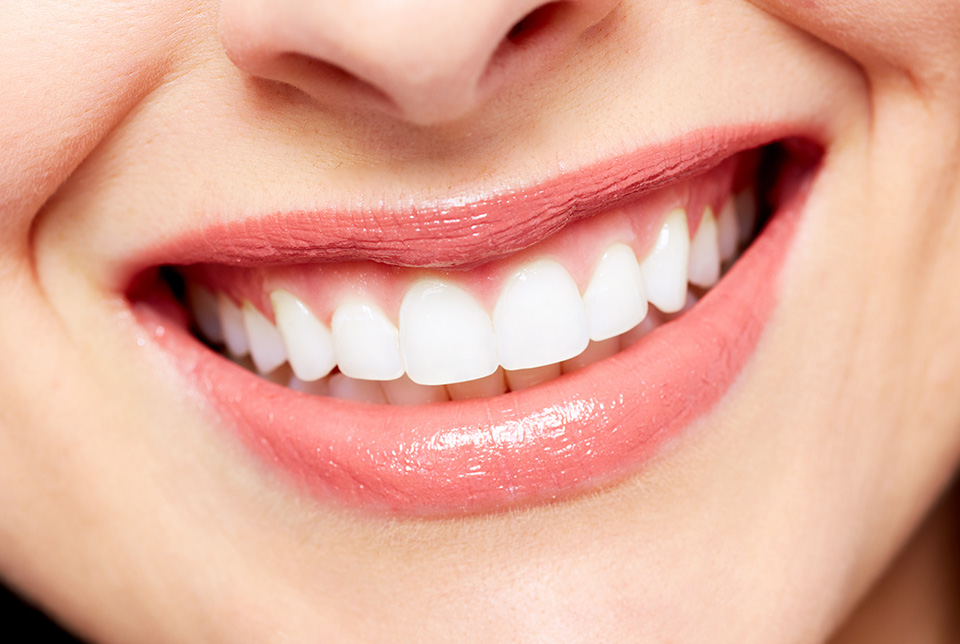
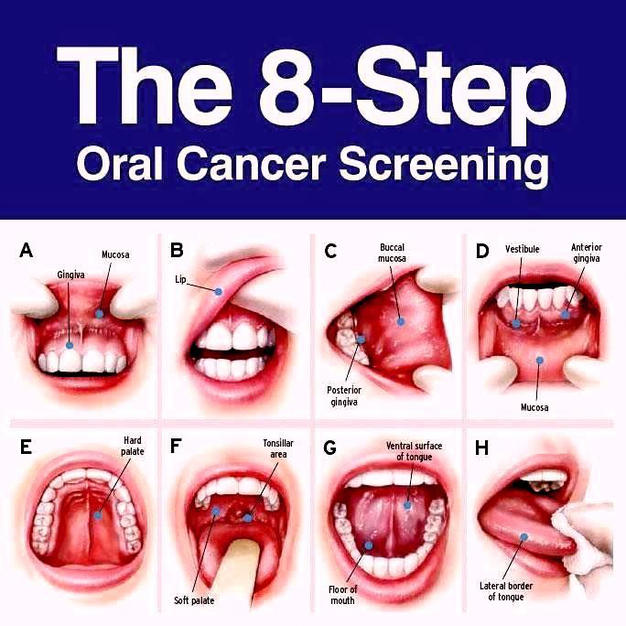
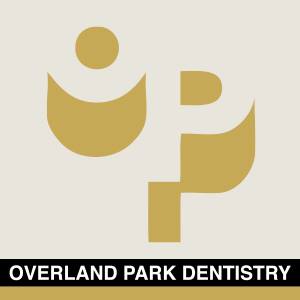
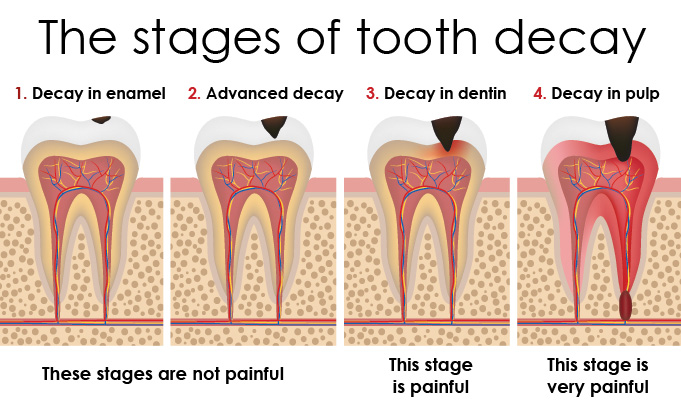


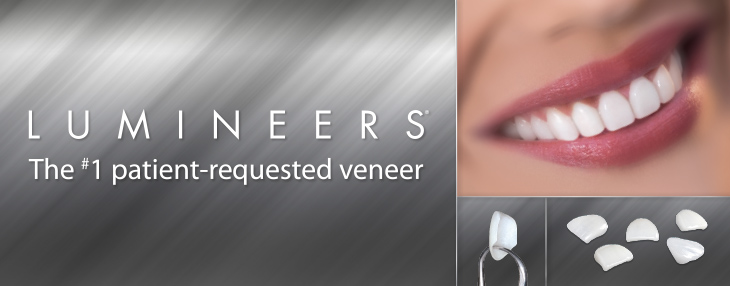 Porcelain Veneers: A Brief History
Porcelain Veneers: A Brief History